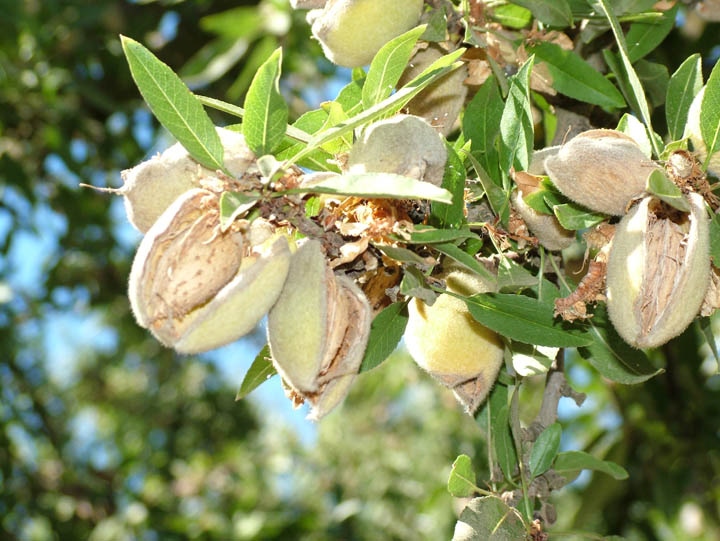November 22, 2011

Amid American economic woes, China is fueling the success of a particular business sector by leading a strong export demand for U.S.-grown tree nuts, a trend that is likely to continue, according to a research study issued today by Rabobank's Food & Agribusiness Research and Advisory group.
U.S. almond, walnut, pistachio, pecan and hazelnut growers have experienced banner years of crop prices recently, as China's once largely agrarian country transforms its economy from export-driven to consumer-driven. The move is giving China's urban middle class more purchasing power to afford premium products such as tree nuts. Additionally, an expanding worldwide health and wellness movement has found fertile ground in China, where these nuts play a key role in balanced nutrition. The two shifts have U.S. tree nut farmers enjoying record prices and scrambling to plant more acreage as the projected demand will last into the long term.
"The Chinese government is promoting an economy that is favorable for many U.S. exports, especially tree nuts," said the report's author, Karen Halliburton Barber, assistant vice president and senior agricultural analyst with the Food & Agribusiness Research and Advisory group. "As the Chinese middle class grows, so will the demand for almonds, walnuts, pistachios, pecans and hazelnuts. This is good news for growers here in the U.S."
China has long been viewed across many industries as a threat to the U.S. marketplace. Now, in many sectors, China is becoming the customer and the U.S. is becoming the seller. As China's middle-class economy grows, so does the standard of living and the products demanded -- including food items once limited to the wealthy, or only purchased for special occasions. The same growing middle class is also becoming more in-tune with their health -- originating in the Chinese culture's long-standing affinity for tree nuts in traditional medicine. This is good news for U.S. growers, but could pose a risk to U.S. processors.
"U.S. processors face a dual challenge: the rising cost of tree nuts and competition from lower-cost processing in China," said Barber. "Many importers have been reducing their costs by buying in-shell nuts directly from U.S. growers and shipping them overseas for processing."
Barber contends that there are inherent risks with U.S. growers placing so much dependency on the Chinese market, especially if the U.S. cannot meet short-term demands and China develops trade relationships with other countries who grow the same nuts. In addition, the increasing strength of the dollar could raise the costs of the exports. Part of the increased costs could be passed on to Chinese consumers, who may shy away from increased prices. Barber notes that, while this is a concern, premium imported tree nuts are already being purchased by higher income segments of the population who are more likely to afford the higher prices.
The report provides individual outlook profiles for almonds, walnuts, pistachios, pecans and hazelnuts, including each nut's challenges and opportunities. The study also touches on other global export markets and their effect on the short-, medium- and long-term demand for U.S. tree nuts.
You May Also Like




